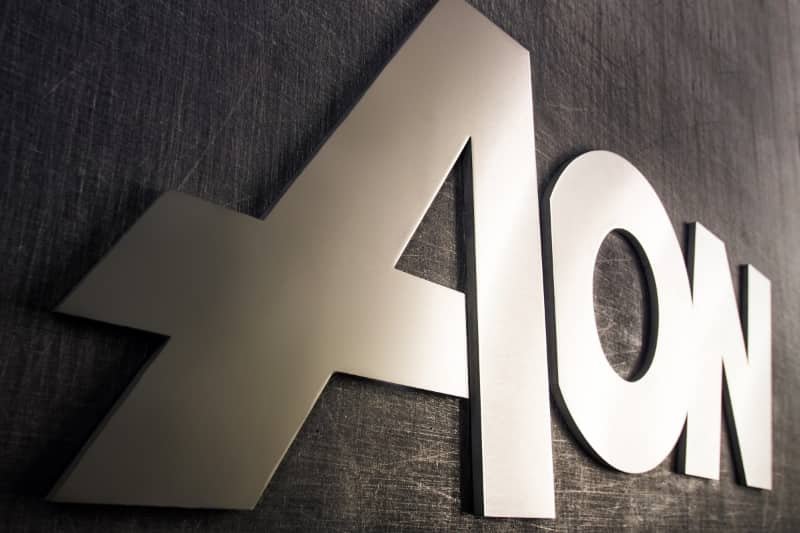Retro capital inflow failing to keep up with outflow and demand: Aon

While new capital was seen to flow to some retrocessional reinsurance opportunities around the January 2023 renewals, the pace is not keeping up with outflows or demand for protection, Aon’s Reinsurance Solutions explained recently.
Property catastrophe retrocession capacity “retrenched at January 1” the broker said, as material changes to pricing, structure and seller appetite was seen.
More than 80% of excess-of-loss retrocession renews around the 1/1 renewals, meaning that demand for retro protection is particularly high at that time of year.
Aon sees supply of capital as having been “sufficient”, albeit at higher prices and levels.
“In what was a challenging and late renewal, retro pricing increased significantly and coverage narrowed, with limited appetite in the retro market for non-natural and secondary perils,” Aon explained.
Adding that, “The majority of retro programs were therefore restricted to peak modeled territories and perils only.”
The fact the retro renewals ran late had a knock-on effect on the broader reinsurance renewals, with their concurrent running meaning some property and specialty reinsurers lacked certainty on their retro until very late in the day.
“With the growth in alternative capital over the past decade, ILS funds and other alternative capital investors are a critical provider of retro capacity, accounting for the majority of the property retro market,” Aon said. “However, the alternative capital market has suffered the same demand-supply mismatch as traditional property catastrophe reinsurance markets, with investors demanding higher returns and better clarity of coverage.”
Hurricane Ian was seen as another factor that further disrupted the supply of retrocession capital, “as markets paused to review business plans, and with significant ILS capital potentially trapped in collateralized retro arrangements,” Aon continued.
The retro market is recovering though, Aon believes and the broker said that “New capital is being attracted to the retro market by higher rates and improved terms.
“But capital inflow has not kept pace with outflow and increased demand to cede more risk to third parties.”
Which has led to some continued challenges for those buying their retro after the 1/1 renewals, we understand from sources and this has helped to maintain the very hard market pricing for industry-loss warranties (ILW’s) at the start of the first-quarter, we’re told.
As we previously explained, ILW rates-on-line are at all-time-highs right now, and our sources say this is not expected to change until after the mid-year ILW buying season closes in 2023.
There’s been a shortage of retro in some other areas of reinsurance as well, with Aon highlighting agriculture and aviation as two lines of business lacking retro capacity in 2023, while the dented retro market is also having an effect on some marine and energy lines as well.
Global property retrocession pricing “hit multi-decade highs” at the January 2023 renewals, Aon said, with this dislocation causing many of the issues seen around getting firm order terms for reinsurance renewals as well.
We’re hearing of increased interest in retro from the investor base, as the tighter terms and higher pricing are attracting more attention now.
But, we’re also hearing from some efforts to structure new retro products too, with the hard market often seen as the time to introduce a new way to secure retrocessional protection (we’ve seen this in the past).
As a result, it will be interesting to see how the retro market develops through 2023 and whether retro becomes a more important source of protection, or less, as reinsurers learn to better manage their exposures, absent a source of cheap(er) retrocession capacity which seems unlikely to ever return.






